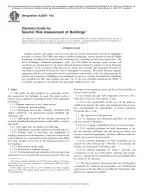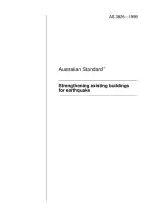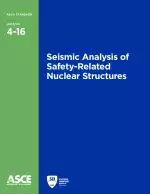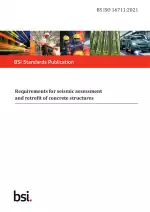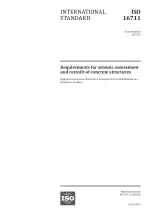ASTM E2026-16a PDF Download
Standard EN SampleStandard Guide for Seismic Risk Assessment of Buildings
Also Known As:
ASTM E2026-16a standard provides guidance on conducting seismic risk assessments for buildings. The purpose of this guide is to assist users in assessing a property's potential for losses from earthquake occurrences. It addresses hazards such as earthquake ground shaking, earthquake-caused site instability (including fault rupture, landslides, soil liquefaction, lateral spreading, and settlement), and earthquake-caused off-site response impacting the property (such as flooding, tsunamis, and seiches).
The standard suggests five different types of seismic risk assessments: building stability, site stability, building damageability, contents damageability, and business interruption. Each assessment serves different financial and management needs. The guide emphasizes that seismic risk assessments should be site-specific and can vary in the degree of assessment from Level 0 to Level 3.
This standard is intended for use by parties such as lenders, insurers, and equity investors in real estate who want to estimate possible earthquake losses to buildings. It outlines procedures for conducting a seismic risk assessment and emphasizes the importance of due diligence in assessing a building's potential for losses associated with earthquakes. The guide also recognizes the importance of current information, the limitations of assessments, and the need for balance between costs and reducing uncertainty.
| Descriptors | seismic risk assessment,Buildings,Earthquake,Environmental Risk Assessment |
| ICS Codes | 91.120.25 - Seismic and vibration protection |
| Language(s) | English |
| File Size | 163.8 KB |

